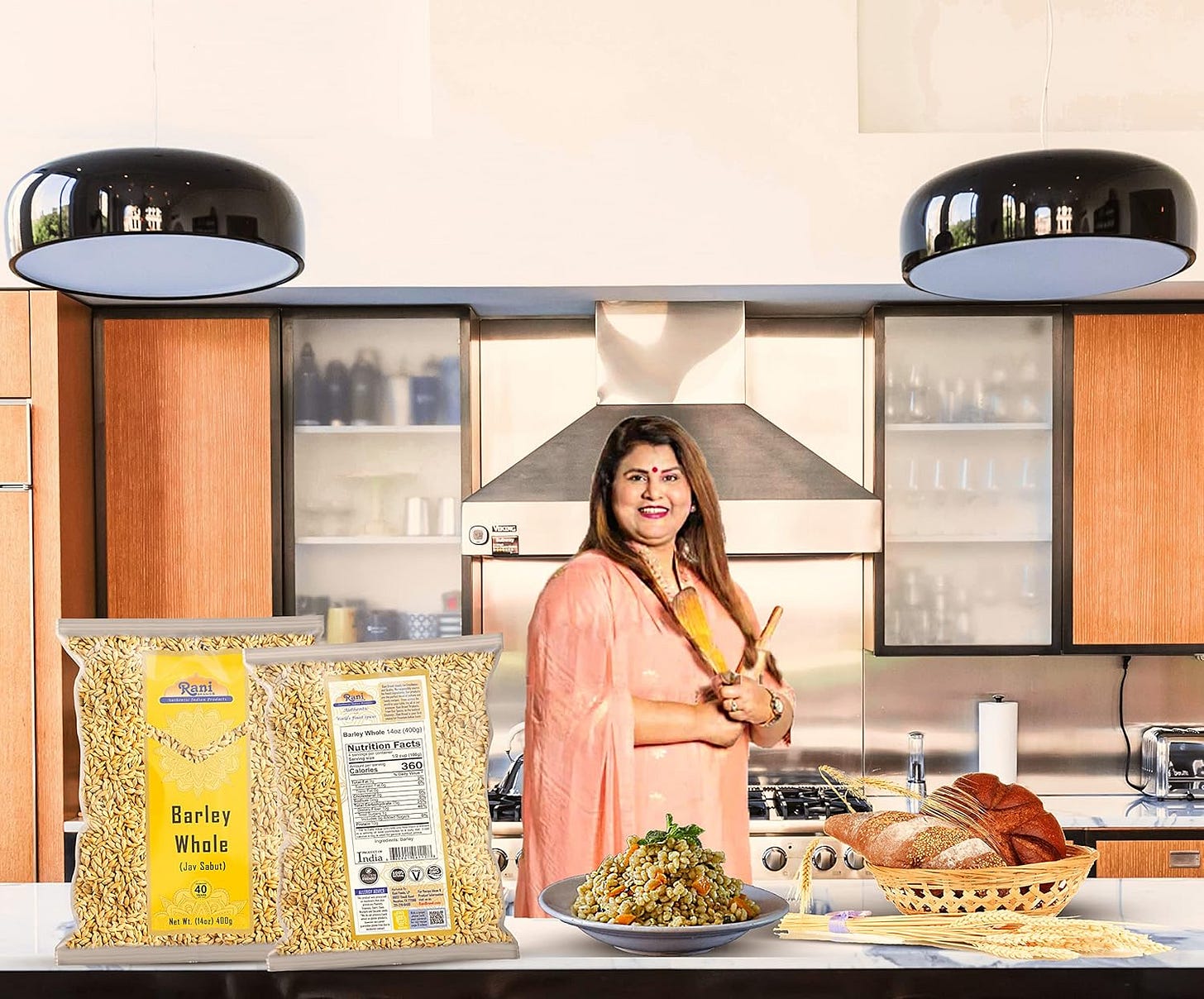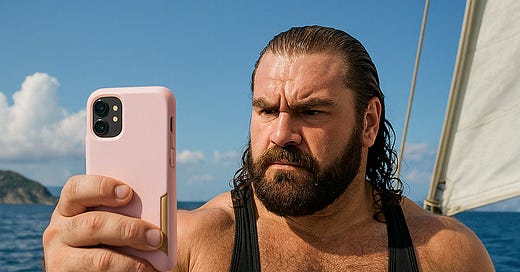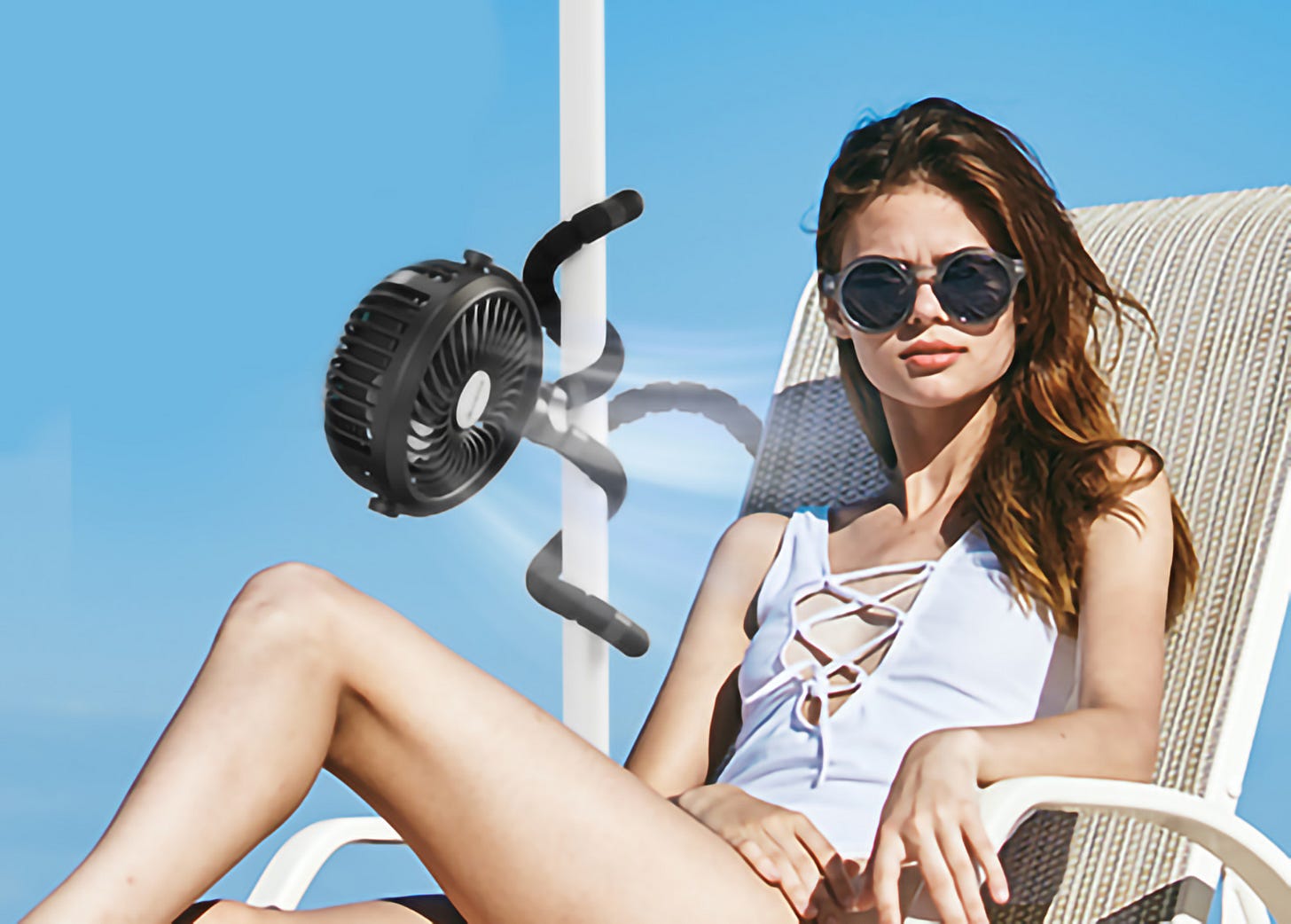Photography and Commerce in Post-Truth America
Stay with me, I promise this will end up being about photography
We live in a post-truth society. My proof? It’s not the more than 15 million Americans who believe the moon landing was faked, or the 2% of us genuinely convinced that the earth is flat. I’m talking about evidence that’s even more damning: our continued patronage of online mega-retailer Amazon.com.
Americans must have faith in Amazon, right? Last year alone we spent nearly half a trillion dollars1 there. That’s enough to give every American $1,000 and still earn more than Nike and Coca Cola combined.
Nike and Coca Cola can’t do what Amazon does because those companies have strong visual identities. They’re some of the highest profile advertisers of the last half century. If they did what Amazon does they’d tarnish those valuable brands.
What Amazon does is game the system. Not only have they entirely avoided the expense of establishing a definitive visual brand, they don’t put much emphasis on basic things like the factually accurate representation of the products they sell.
Amazon’s virtual inventory is too big to allot the time or manpower to ensure product listings are based in truth, much less visually interesting. Consequently the lowliest shite passes muster. Environmental issues and worker exploitation aside, my major issue with Amazon at the moment is that you never quite know what you’re going to get. The company has grown from “earth’s biggest bookstore” to the modern equivalent of a guy selling watches on the subway.
Amazon product listings are the wild west of visual imagery. I am constantly encountering listings that fail at the basic job of providing useful information about the products on offer. Sometimes they’re so inept as to be deceptive. I don’t mean mildly deceptive in the way all good commercial product photography is — the Big Mac with every sesame seed positioned just so2 — because I’m not actually bothered by that kind of thing. There are rules governing just how deceptive an advertising photo can be.3 You can style it and refine it and go to great lengths to make it look unrealistically perfect, but the thing being photographed must be the actual thing being sold lest the FTC come at you for deceptive and potentially fraudulent business practices.
Unless you’re a certain giant online mega-retailer.
Highly stylized commercial product photography may be exaggerated, even downright unrealistic, but at least it’s based in fact. The Big Mac ad really does show two all-beef patties, special sauce, lettuce, cheese, pickles, onions and a sesame seed bun because that’s what’s actually on the sandwich when you order it.
But when I order from Amazon will I get what I see in the picture? Sometimes.
Because of our innovative, post-truth culture, companies have been freed to drop the pretense of giving a shit. Who cares if the pictured product is nothing like the thing you receive. Shut up and give us money.
Legitimate brands don’t do this, of course. The Nikes and McDonalds and Coca Colas of the world still seem to care that their product photos are actually grounded in reality. But insta-brands like Prunus, Oxilam and Vgogfly (these are all real, BTW) don’t have much of a reputation to tarnish. So we’ve all agreed to just shrug it off and accept whatever dreck is foisted upon us so long as it’s cheap and we get it tomorrow. Who cares if it’s right, right?
A growing number of Amazon product listing photographs fail at the most basic job of providing baseline information about things like size, shape, color and function. They fail spectacularly sometimes, and they do it in the most hilarious ways.

I don’t believe that Amazon is doing this maliciously, mind you. I don’t think they're actively trying to mislead us. I just think there’s no benefit to not misleading us. And since we live in a capitalist society liberated from the shackles of truth… ¯\_(ツ)_/¯
Like all online marketplaces, Amazon does have rules regarding product photography. But there are too many products — more than 350 million SKUs — to have any sort of meaningful enforcement. As long as the money keeps coming in, why rock the container ship?
Anything goes in an Amazon product photo, as long as it foLL0wS tHe rULeS.
Business practices that follow the letter of the law but fail at its spirit are becoming more common in our brave new world.
In an Amazon product listing, the spirit of the rules calls for a photograph of a person holding (or using) the product in order to provide useful information about scale, color, functionality, etc. But the letter of the law means just composite a product photo onto another image of a person. Get the intern to do it, even if they don’t know how.
Such awful composite images not only fail at providing basic information about size, shape, et al, they’re so bad they make you question the legitimacy of the product altogether.
“That doesn’t look right,” I say. So I hem and haw and finally decide it must be fine. I place my order and impatiently wait 6 to 16 hours until it arrives and is inevitably anything but what I was hoping for.
What I’m mostly hoping for in Amazon product photographs is information about scale. I want to know how big this thing actually is. Most of the time the photographs fail spectacularly. The faux houseplant I’m trying to buy looks like it’s taller than the couch, but it is a terrible composite so who knows. When it arrives I learn the plant that appeared to tower over the living room in the picture is, in reality, two feet tall.
This is happening more frequently. It’s starting to influence my purchasing decisions.
I bought a beach towel not long ago. The product listing showed a normal beach towel. When it arrived it was closer to hand towel size and made of microfiber. I can’t think of anything more disappointing when ordering a beach towel than receiving a weirdly hydrophobic hand towel.
I’m learning my lesson.
“Buy it cheap,” they say, “and you’ll buy it twice.”
So now when I do decide to buy something on Amazon stick to trusted brands — those that take it upon themselves to actually photograph their products and provide trustworthy information to aid in purchasing. It sure seems like Amazon’s turned into Etsy, which turned into eBay, which turned into… Actually, they’ve all sort of turned into the same thing: the storefront for countless cheap Chinese imports. It’s become a place where snake oil salesmen congregate, and you have to hack your way through a jungle of junk4 to find something that would’ve been much easier to find in a brick and mortar store.
Where’s a fella gotta go to get what he paid for? I sure hope the answer isn’t “nowhere.” If brick and mortar fully goes the way of the dodo, we’ll be in even bigger trouble than we are now. If retailers no longer have to tell you the truth about what they’re selling, we’re gonna start getting ripped off a whole lot more.
This bugs me today, of course. But I’m really worried about what it means for tomorrow.
If truth doesn’t matter, and a photograph is failing at the thing that’s always made photographs unique… Why shouldn’t these uninformative terrible composite photographs just become terrible AI-generated photorealistic illustrations?
If you’re a vendor and you’re already not concerned in the slightest about truth in advertising, chances are you’re not going to have an epiphany and start behaving tomorrow. Get ready for an influx of awful AI imagery at this, the lowest end of the commercial product photography world — the place where truth went out the window long ago.
If the image need not reveal anything useful about size, quality, color, shape, texture… I don’t foresee a world in which any retailer would pay a single solitary cent for that picture. They’ll ask an intern to use AI to generate something and they won’t spend more than ten seconds on it. So product listings will still have shitty, uninformative, practically useless pictures in them — but now they’ll be made much more efficiently.
I, for one, am confident such future savings will be passed along to the consumer.5
Perhaps Amazon will have a change of heart, see the light, realize that if people can’t trust the products it sells, maybe the business case for trustworthiness will motivate them. Maybe they’ll even implement some sort of anti-AI rules into their product photography guidelines?
They have already been thinking about AI for product listing imagery, in fact. But it’s not to limit it. They’ve deployed their own AI-powered product “photography” generator.
AI-generated imagery is rarely better than the stuff made by humans, but it is incredibly efficient. And that’s important. Dare I say much more important than “good” or “useful.”
OpenAI’s new GPT-4 model is exceptionally efficient. It can revamp, retool, and generally recreate existing product photography, turning it into something new. Got a studio photo of your iPhone case? Great. Just drop it into GPT 4 and tell it you’d like to see that case in pale pink, on a smartphone, in the hands of a professional wrestler, on a sailboat in the mediterranean.
And just like that, voila, you got it.

Maybe AI product images will be an upgrade. It can’t get any worse, right? Is it possible AI will do a better job of getting the scale of these fake images correct? It’s not out of the realm of possibility.
Then again… Does it even matter? Societally I mean. No matter how bad it is, haven’t we already proven we’ll accept much worse?
If I were a product photographer, I’d start cultivating a clientele with taste — ideally one with ethics, possibly even morals. The clients who are always after the cheapest solution and don’t give a hoot about quality aren’t sticking around in the AI era. I’d bet they’ve already got an intern working with retail AI apps to get a head start on replacing you.
I suppose there is good news, too. Photoshop skills won’t be so in demand, so you’ll get to spend more time outside. You might be sleeping there, but at least you’ll no longer be chained to your desk, working hard to make things good.
“Good” is falling out of favor. “Efficiently acceptable” is replacing it.
###
Not a typo.
I’ve been a party to this, by the way. Not for Big Macs but other foodstuffs. I marvel at the work done by expert food stylists. On a shoot for grilled cheese sandwiches I was enthralled by the stylist’s use of broken toothpicks to position bread and toppings precisely and make an otherwise fine sandwich appear truly delectable. I’ve seen stylists sculpt ice cream scoops in a 59° studio (they call the ideal ice cream texture “barking”) and watched one turn a mostly raw turkey into a beautifully golden brown trichinosis triumph. Salt and Alka Seltzer bring back the bubbles in flat beer. Furniture polish keeps bubbles from sticking to glassware. A red hot steel skewer is great for crafting grill marks. There are so many funky tricks of the trade in food styling. I never get tired of it. And even with all this, the photographs are still fundamentally truthful.
Which is to say, the featured product actually has to be the featured product. If you’re selling milk, you can’t use glue in lieu of milk. But if you’re selling cereal, you can.
Oh! Maybe that’s where the name came from!
There really should be a sarcasm font.







Listen, I’ve done my own research by walking around outside and it is definitely flat. I’ve never not once been on the upside down part.
I'm pretty sure emails for people wanting to edit my photography are up - so, I think there's already a lot of A.I. going on - very sad.